Isehara City located in Kanagawa Prefecture’s heartland, is a gateway to both history and nature, just a short journey away from Tokyo and Yokohama. It’s a place filled with nostalgic charm and where we can find an interesting balance between cultural heritage and natural beauty. With Mt. Oyama and the Tanzawa-Oyama Quasi-National Park as its backdrop, Isehara is an ideal spot for those looking to explore beyond the tourist cliches and dive straight into Japanese culture and the great outdoors. As autumn arrives, the city dons a festive air and becomes a focal point for traditional festivals and stunningly colorful foliage, celebrating its historical roots and natural splendor. Truly, it is a must-visit for anyone wanting to experience the essence of Japan’s seasonal transformations.
Nature and Culture in Isehara
Isehara City enjoys a good balance between its lush natural landscapes and the vibrance of its cultural life. The city boasts verdant forests and clear, flowing rivers that attract nature lovers and hikers alike. Despite the pressures of urbanization, Isehara’s commitment to preserving its green spaces and natural beauty is evident in its careful city planning and community initiatives aimed at safeguarding the environment.
Home to approximately 102,000 residents, the quiet and relaxed ambiance of Isehara also displays an exciting side while still keeping traditions alive. The city’s local culture is showcased through its myriad festivals and events, particularly in autumn when the landscape transforms into a fiery display of colors, and the city celebrates its heritage with great fervor. The Isehara Kanko Dokan Festival, honoring the legacy of Dokan Ota, is a highlight that brings together history, tradition, and the communal spirit of the city.
Looking ahead, Isehara stands on the brink of significant transformation. The development of the New Tomei Expressway and other infrastructure projects promise to enhance connectivity and urban convenience. However, there’s a strong resolve among the city planners and the community to strike a balance between progress and preservation. The vision for Isehara’s future is one where development coexists with the natural environment, ensuring that the city’s green legacy and cultural heritage continue to thrive for generations to come.
Celebrating Autumn in Isehara
Celebrating Autumn in Isehara brings to life the city’s rich cultural heritage, with the aforementioned Isehara Kanko Dokan Festival as its centerpiece. This festival pays homage to Dokan Ota, a notable figure in the Warring States period known for his contributions to the construction of Edo Castle. The festival, the largest one in the city and attracting visitors from all over the Kanto region, features a unique hawk hunting parade, reflecting Dokan’s historical significance and the martial traditions of the era. Additionally, the event includes a parade honoring Masako Hojo, an influential historical figure from the Kamakura period and popularly known as the “nun shogun”. This is a festival that highlights the rich cultural heritage of Isehara while also bringing together the community and visitors to celebrate the autumn season in a setting filled with historical and natural beauty.
The Autumnal Splendor of Mt. Oyama
As autumn unfolds, Mt. Oyama becomes a breathtaking canvas of color, drawing nature enthusiasts and cultural aficionados alike. The mountain, revered for its spiritual atmosphere, houses the historic Buddhist temple Oyama Temple (大山寺), a peaceful oasis set against the vibrant autumn leaves. Established in the 8th century, this temple serves as a beacon for those seeking solace and spiritual connection amidst this natural spectacle.
However, as the autumn months transform the landscape, with the foliage adopting hues of crimson, gold, and amber, Oyama Temple’s quiet and reflective ambiance is replaced with buzzing excitement as the crowds, both local and from the surrounding areas, flock here to admire the impressive sights.
The temple’s light-up events further enhance this beauty, casting a mystical glow that illuminates the ancient architecture and surrounding forest after sunset. The temple steps, lined with stone lanterns and Jizo statues, acquire an otherworldly feeling as you climb the stairs covered by a ceiling of crimson leaves.
For those of you planning to experience this natural splendor, make sure to plan to arrive early enough. There’s a convenient cable car to take you up the mountain, but expect queues to be considerably longer than usual. Rest assured, the long wait will be worth it! Mt. Oyama is, after all, a quintessential destination for experiencing Japan’s autumnal magnificence.
Afuri Shrine: Autumn’s Spiritual Retreat
Located at the top of the autumn-clad slopes of Mt. Oyama, Oyama Afuri Shrine (大山阿夫利神社) is a Shinto Shrine embodying the concept of timeless devotion. With a history that goes back over 2,200 years, the shrine is shrouded in legends that speak of its divine origins and its revered status among ancient warlords. It’s a small wonder that it has always attracted visitors with its spiritual allure and stunning seasonal panoramic vistas.
As the autumn season descends, the shrine’s surroundings erupt in a riot of colors, with the changing leaves providing a majestic backdrop to the sacred structures. “Kasa mikuji” fortunes are a unique feature of the shrine that consists of the traditional fortune paper that visitors typically draw at shrines and temples, but in this case, shaped like a small cute paper umbrella, representing a small mix of traditional with whimsical.
The light-up event turns the mystical spot into an even more magical place filled with joy as visitors enjoy the sights. The ancient charm of the shrine, coupled with the breathtaking autumnal landscape, creates a sanctuary for contemplation, inviting all who visit to immerse themselves in the spiritual and natural harmony that defines Afuri Jinja Shrine.
Autumn Leaf Viewing Hotspots
Isehara City, adorned with natural beauty, offers numerous spots for autumn leaf viewing, each presenting a unique perspective on the season’s splendor. Beyond the well-trodden paths of Mt. Oyama and Oyama Afuri Jinja Shrine, the city’s parks and riverbanks transform into a mosaic of fall colors.
Locations like the quiet banks of the Uta River become ideal for leisurely walks under a canopy of red and gold, as well as following the Suzu River along the road and stopping at interesting spots on the way like Atago Waterfall (愛宕滝) or Roben Waterfall (良辨滝). Local gardens and smaller temples like Chato Temple (茶湯寺) or Takabeya Shrine (高部屋神社), often overlooked, provide intimate settings for enjoying the crisp autumn air and kaleidoscope of falling leaves. The visual feast that these spots provide are also a chance to experience Isehara’s quieter, more reflective side during the autumn season.
Getting to Isehara City
Accessing Isehara City’s autumnal wonders is straightforward, thanks to its well-connected transport network. Whether you’re coming from Tokyo, Yokohama, or elsewhere, a combination of the Odakyu Line and local buses will get you into the heart of Isehara’s autumn landscape.
For those driving, the Tomei Expressway offers a direct route, bringing Mt. Oyama and the city’s cultural sites within easy reach. Once in Isehara, local transport options like buses and rental bikes provide flexible ways to explore the city’s scenic spots and cultural landmarks, making every visit a new discovery.
Sponsored by Isehara City.
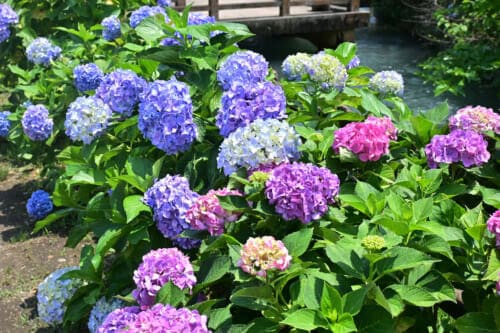
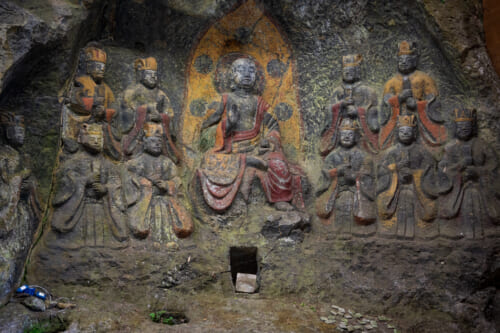
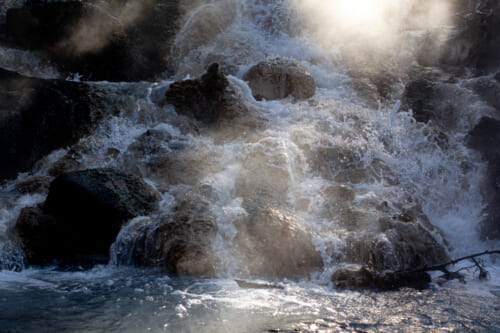


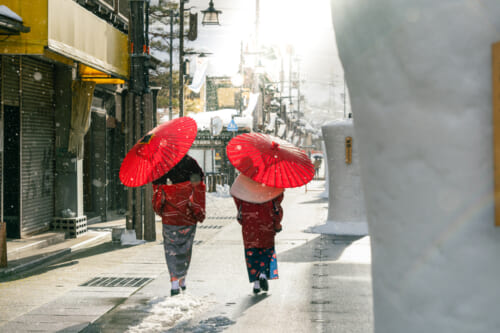
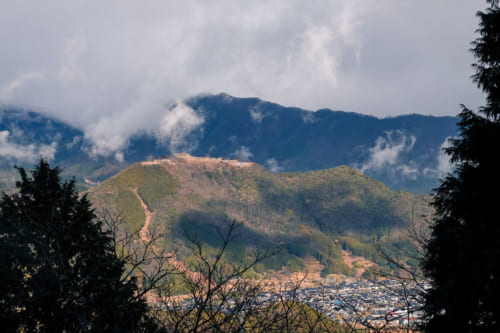


No Comments yet!